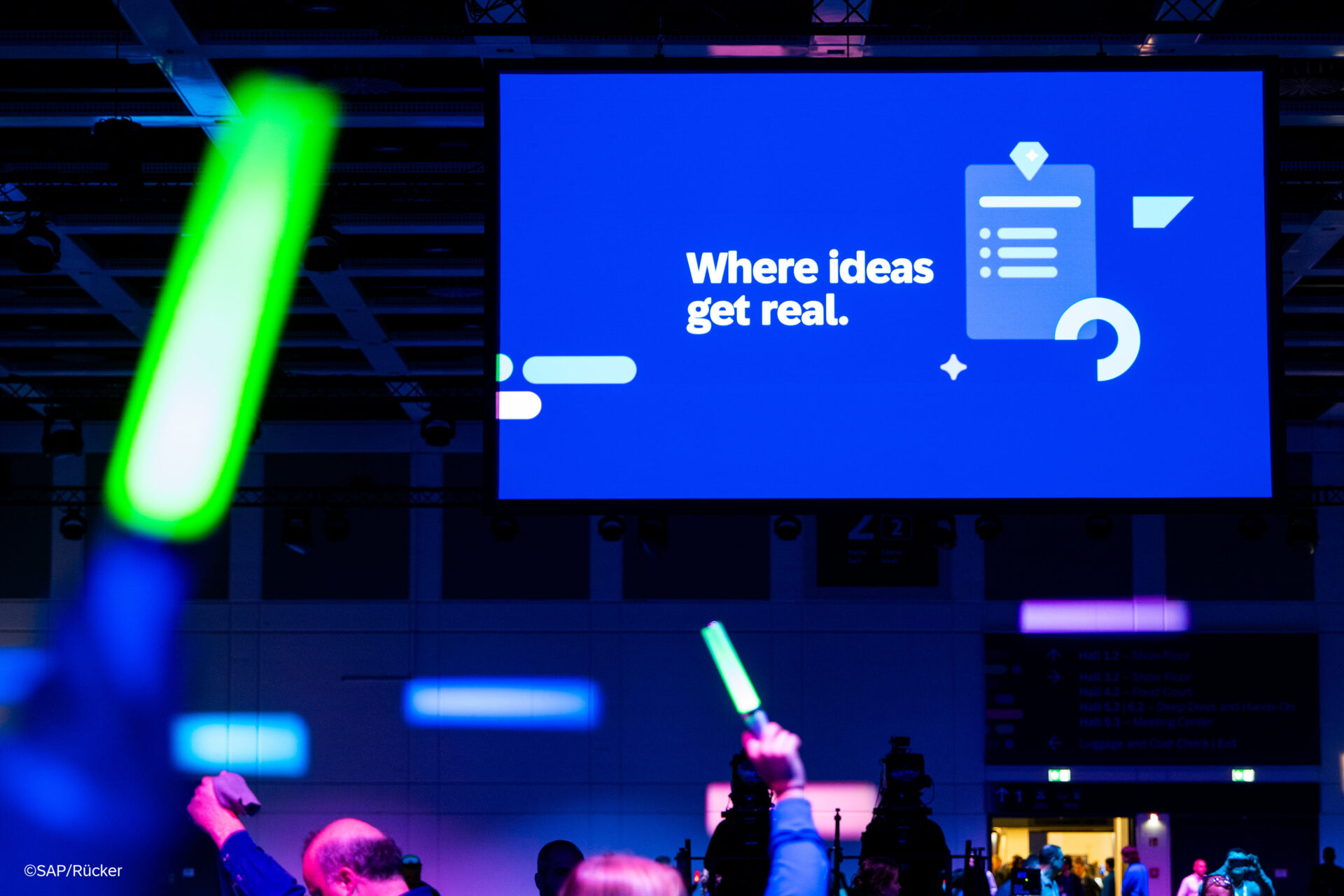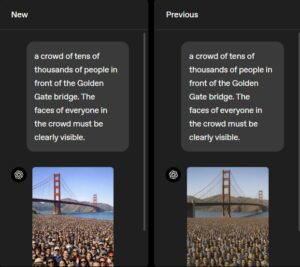With doubts about AI’s value growing in recent months, SAP has pushed out a slew of upgrades for its data and developer tools that promise to help developers build business applications more easily and deliver real results with the nascent technology.
The SAP Build developer platform will now connect to several popular AI-enabled coding tools such as Claude Code, enabling developers to create apps that draw on the rich data capabilities that SAP provides to deliver better AI ouput.
Unveiled at the business software giant’s TechEd developer event in Berlin today, the new capabilities are expected to help businesses to quickly get their AI efforts into top gear.
This is done by drawing on their well-established business processes, from finance to payroll, that SAP’s enterprise resource planning (ERP) software has helped them to manage over the years.
The big idea is to get AI right with all the pieces of the puzzle already in place, rather than buy new AI products or build AI layers over disparate parts of their business operations. This fragmented approach, argues SAP, makes it hard to succeed with AI.

One issue for many businesses, SAP believes, is that they are trying to add AI as a separate layer on top of their existing business processes and failing to integrate their data and build compelling apps. Implementation gets stuck, as a result.
To get the seemingly elusive return on investment that many early AI adopters are seeking, they have to make sure their AI apps are built with actual business data and to complement existing processes, said Muhammad Alam, who is on the SAP executive board and heads up product and engineering.
Instead of ripping everything out and starting on a blank slate, he advocates making AI work around existing processes by complementing what human staff do. Only when AI has done well enough, over time, can it inspire the trust to earn its autonomy, he told reporters here.
Once this happens, the apps that are built with solid data will keep improving the AI, which in turn will improve processes to keep driving improvements, he said.
“People are tired of keynotes,” he later told an audience of developers and partners in a keynote speech. “And people are tired of keynotes that hype AI.”
Like many technology vendors of late, the pitch to businesses taking up AI is to start building the foundation before expecting real returns. Key to this is getting one’s data right from the start, which is a challenge for many with unstructured and undocumented data stored in silos.
To help its customers get past this stage, SAP Build’s new AI-powered upgrades are expected to let developers easily plug into SAP’s data capabilites as well as tap on its Joule AI agents to create AI apps that bring real results.
Developers that use agentic AI development tools such as Cursor, Claude Code, Cline, and Windsurf can now use SAP development frameworks with new SAP Build local Model Context Protocol Servers.
Visual Studio Code users will be able to access SAP Build capabilities directly in their development environment with a new SAP Build extension. This extension will also be made available later on Open VSX Registry for other development environments.
Plus, with new agent building available in SAP’s Joule Studio, developers can extend SAP’s ready-to-use AI agents and build new agents grounded in SAP business data and context to act autonomously based on changing business conditions.
At the same time, SAP’s Business Data Cloud now connects with data vendor Snowflake’s platform so developers can tap on their data to create apps more easily. This adds to the Databricks and Google Cloud partnerships that SAP had inked earlier.
SAP says it wants to be “open” and that also includes support for prompting different third-party large language models as well as AI agents. For example, it supports the Agent2Agent protocol pitched by Google to enable AI agents to speak to one another to carry out tasks for businesses.
Despite its best efforts, though, SAP can still be limited by its reach. While it has stickiness with top businesses and governments using its software over the years, the cost and complexity of deploying SAP are also prohibitive to many smaller organisations.
This means its new AI-friendly tools spanning the entire enterprise would more likely succeed with existing customers already deploying at least some of SAP’s existing software.
For those that use different tools for different functions, say, rival Workday’s software for payments and finance, it remains a question whether the new AI tools can bring them over to the SAP fold.






